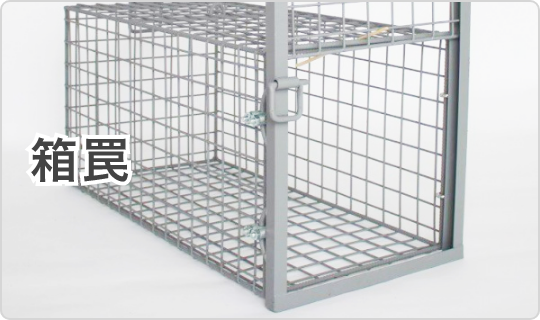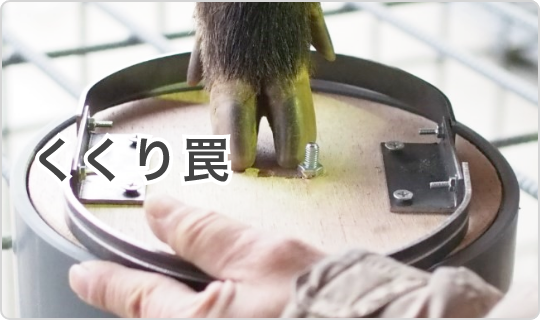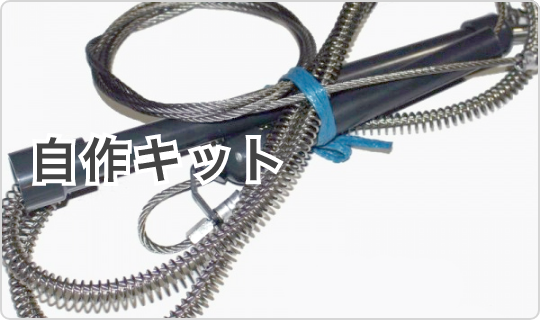A bird- proof wire that is installed in places where pigeons and crows fly to make it physically difficult for them to stop. The best feature is that it is less noticeable than other anti-bird products such as nets and kenzan. Therefore, there is an advantage that a bird-proof effect can be produced without destroying the landscape.
Effect of anti-bird wire
Especially for pigeons, they are constantly researching their comfort zone. They also have very strong territorial instincts that try to stick to places they like, and homing instincts that try to come back even if they are driven away.
Since they will stay in places where they have an attachment for a long time, the damage caused by droppings and barking (noise) will be severe.
Therefore, it is important to get them to give up as early as possible before they become attached to a place. For that reason, it is necessary to make the place difficult for them to fly and uncomfortable.
★This article is also recommended
What is the most effective way to get rid of pigeons?Anti-bird wire is one means of physically preventing birds from flying.
When birds such as pigeons research a place, they will stop at the edge of the structure and check whether the place is safe, comfortable, and suitable for resting and waiting.
If you put anti-bird wire in such places, it will be physically difficult for them to perch, and it will get in the way when they flap their wings, so you can make it difficult for them to fly and make them uncomfortable. .

Bird-proof wire structure
Bird-proof wire has a structure in which the wire is stretched using a support (also called a support bracket or stay). In addition to the wires and struts, springs are required to maintain the proper tension of the stretched wires and to facilitate wire replacement.
wire
Wire ropes made of stainless steel, which has excellent corrosion resistance, are generally used.
If the diameter of the wire rope is too thick, some birds can grab the wire and stop, so it is necessary to choose a wire rope with a diameter that is somewhat small and has no problems with durability.

For example, in the case of pigeons, when the wire diameter is 1.0 mm or more, some cases can be seen to stop on the wire. On the other hand, if the diameter is less than 0.7mm, the strength will be insufficient and there is a possibility that replacement will be required due to cutting or damage.
Therefore, for pigeon countermeasures, it is better to choose a diameter between 0.7mm and 0.9mm.
*In the case of crows and black-tailed gulls, which are larger than pigeons, a wire with a larger diameter may be used.
In addition, bird-proof wires are often ineffective because small sparrows can be caught and stopped even on thin wires. Therefore, anti-intrusion measures such as bird nets are often taken.
In addition, we sometimes see fishing line (ex) as a wire, but unlike stainless steel, it is vulnerable to UV rays and is not strong enough to protect against pigeons, so it may be necessary to replace it frequently. There is no problem if frequent reupholstery is the premise, but if it is a permanent measure, it is better to avoid it.
Choose a prop (support bracket/stay) according to the installation location
Posts (also called support brackets or stays) serve as posts for stretching wires. Many of the props currently on the market are of a type that allows two or more layers of wire to be stretched. Of course, the effect is higher with two-tiered than with one-tiered.
As for the support, it is necessary to select the shape of the metal fittings according to the shape of the place where it is installed, such as the handrail of the veranda and the H steel that forms the framework of the structure.
As an installation example, for example, clamp-type metal fittings (a method of fixing by tightening bolts after biting according to the thickness of the steel material) are used on H-shaped steel and L-shaped steel used for piers of pedestrian bridges. I will install pillars.
In addition, in places where vibration occurs, we also select a type of post that can be strongly tightened.

Also, when installing a support in a pipe-shaped area, it is fixed in such a way as to tighten the outer circumference of the pipe. Depending on the pipe diameter, it may not be possible to tighten it properly, so it is a good idea to check the thickness of the installation location in advance and select a suitable prop.
▶ This band is convenient for props installed in places with a diameter of 32 mm or more.
▶ Click here for props to be installed in places with a diameter of 16 to 40 mm
If it is difficult to fix by biting or tightening because it is a flat place, you can also fix it by screwing the base part of the post.
Although it is possible to fix with adhesive, it is not recommended because the fixing strength is weak and the anti-bird wire may fall off due to deterioration due to ultraviolet rays, wind and rain.
Spring for tension adjustment (spring)
A spring is required to maintain the proper tension of the wire to be stretched and to facilitate wire installation and replacement.

Crimping (crimping) using a sleeve is usually required to attach the wire to the spring, but there is also a type that integrates the sleeve function and the spring function and can be quickly installed simply by inserting the wire.
One thing to keep in mind when installing springs is the number of springs installed. In order to ensure proper wire tension, we recommend placing posts at 2m intervals, but springs are installed at 4m intervals.
*If you install too many springs, they may be used as scaffolding, so be careful. Also, be sure to install springs at the corners and ends (see diagram below).

| 2m | 10m | 20m | 50m | 100m | ||
|---|---|---|---|---|---|---|
| In the case of 1-tier | strut | Two | 6 | 11 | 26 | 51 |
| wire | 2.5m | 11m | 22m | 55m | 110m | |
| Spring * | 2 pieces | 6 | 10 pieces | 26 pieces | 50 pieces | |
| In the case of two-tiered | strut | Two | 6 | 11 | 26 | 51 |
| wire | 5m | 22m | 44m | 110m | 220m | |
| Spring * | Four | 12 pieces | 20 pieces | 52 pieces | 100 pieces | |
Precautions for installation
If you have pigeon droppings or feathers, be sure to clean them before installing. In particular, clean the ground surface in advance and work in a completely dry state. If there is dirt or moisture, it cannot be installed firmly.
Also, if there is a risk of pigeons getting into the gap in a deep place, you can definitely get the effect by installing a bird-proof sword mount in addition to installing a wire to fill the gap.

 箱罠
箱罠
 くくり罠
くくり罠
 パーツ類
パーツ類
 電気柵
電気柵
 自作キット
自作キット
 防獣グッズ
防獣グッズ
 監視カメラ
監視カメラ
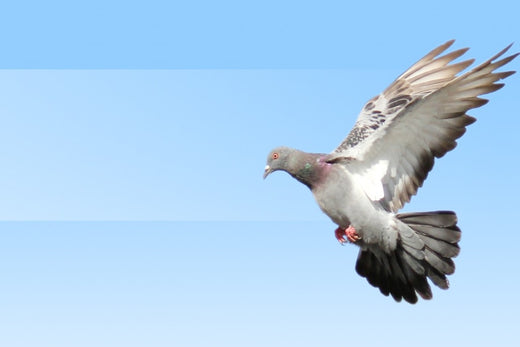
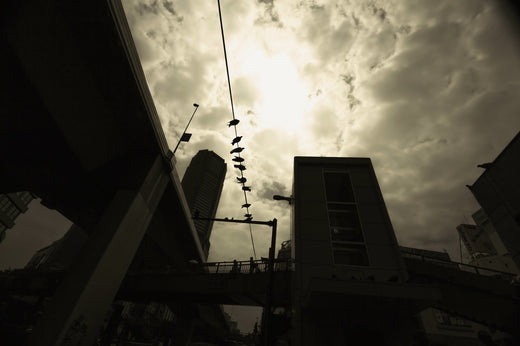
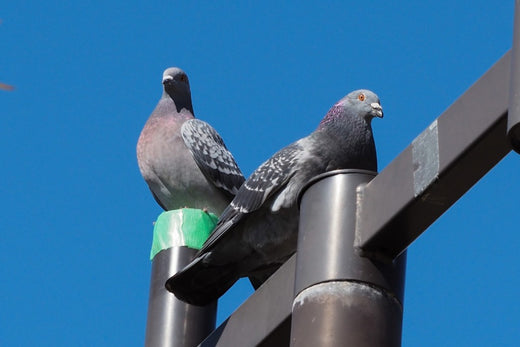
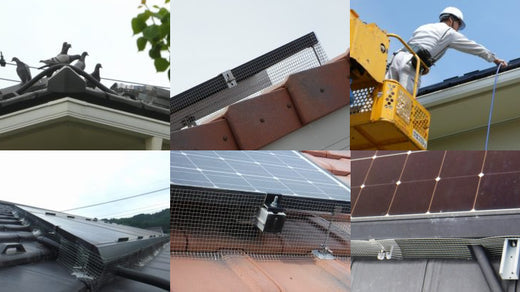
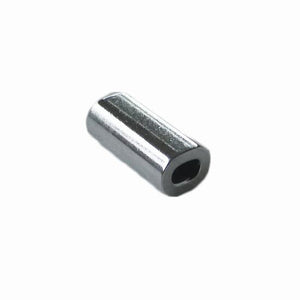
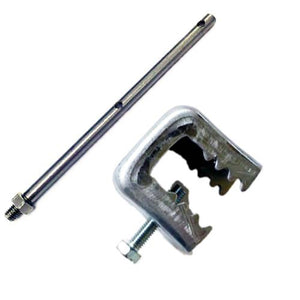
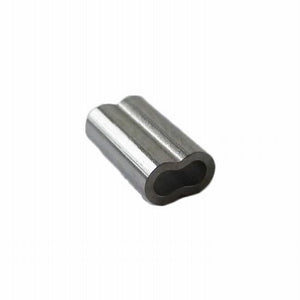
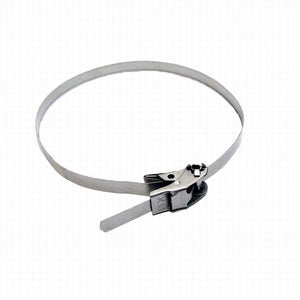
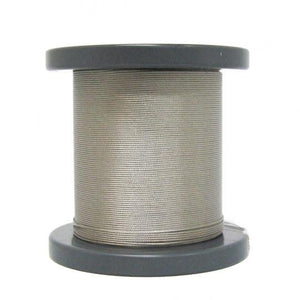
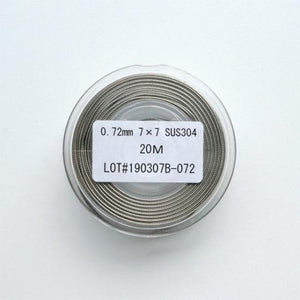
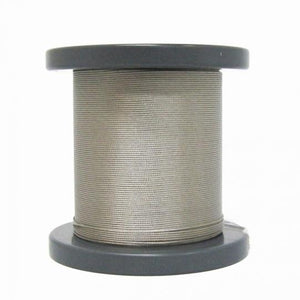
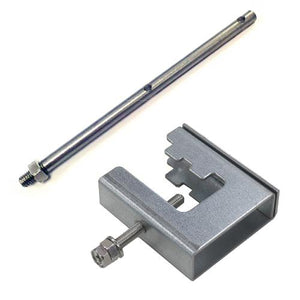
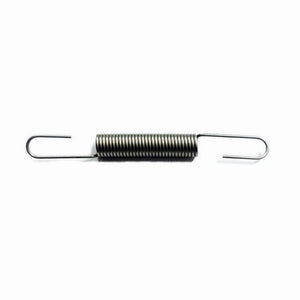
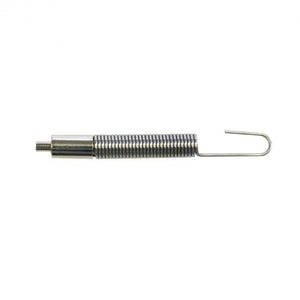
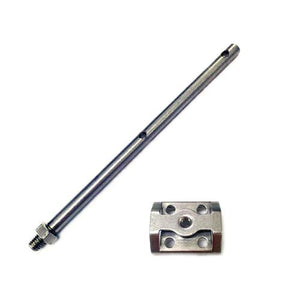
 box trap
box trap
 tying trap
tying trap
 enclosure trap
enclosure trap
 Prevention and avoidance goods
Prevention and avoidance goods
 electric fence
electric fence
 trap surveillance camera
trap surveillance camera
 transportation goods
transportation goods
 Trap detection sensor
Trap detection sensor
 hunting supplies
hunting supplies
 hunting books
hunting books
 Anti-bird goods
Anti-bird goods
 Agricultural materials/machinery
Agricultural materials/machinery
 boar
boar
 deer
deer
 Kyon
Kyon
 monkey
monkey
 raccoon
raccoon
 Badger
Badger
 palm civet
palm civet
 raccoon dog
raccoon dog
 nutria
nutria
 mouse or rat
mouse or rat
 Mole
Mole
 bear
bear
 pigeon
pigeon
 Crow
Crow

